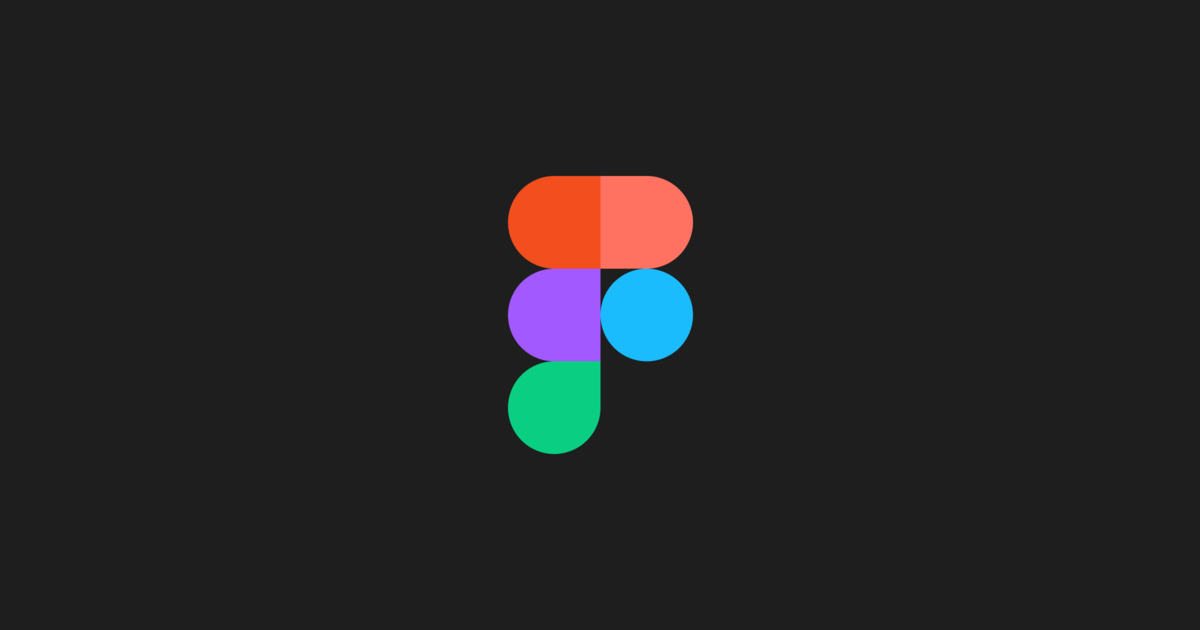
What is Web 3.0? The burning question in tech today.
These days there is a lot of talk about Web 3.0 and the industry is growing in this space unlike ever before. Even if you are not aboard the hype train yet, it is necessary to understand why exactly is web 3.0 gaining so much momentum and what exactly it is. But before we get into Web 3.0 we need to know what came before it, because in the necessity of a newer version always arises due to the limitations of the previous ones.
Web1.0
Web1.0 was the first iteration of the web, what the early users of the publicly accessible internet saw and the services web developers were able to offer online. This consisted of websites consisting of just text and image content and only static content. Web 1.0 is considered to be the era from 1991 to 2004.
Web 2.0
The way most of us experience and see the web today is what is referred to as Web 2.0 . Web 2.0 is the interactive and social web, where one does not necessarily need to be a developer to create content for the internet and make it available to the public.
For eg: You don’t have to know how a video is stored in a data storage and streamed to millions of users worldwide to be able to upload a video to YouTube/Twitter/Facebook.
You might say ‘I see no problem with the web in its current form, it gives everyone the freedom to create whatever they want, makes interactions easier and is very simple to use, then why do I need Web 3.0?’ Well, there are flaws in Web 2.0, these are not lack-of-functionality level flaws ( like it was the case with Web 1.0) but these are security and privacy issues, users mainly do not have a control over the usage and collection of their personal data, and in this current world of increasing awareness regarding security and privacy, Web 3.0 offers a new hope.
There is also this growing concern about centralisation, all the content available to us, access to that can be controlled by certain organizations (governments, search engines etc), which makes it increasingly complex to practice freedom of speech online.
What is Web 3.0?
Web 3.0 has decentralization at its core. It also focuses on privacy and security by adding features such as:
- Verifiable
- Trustless
- Self-governing
- Permissionless
- Distributed and robust
- Stateful
- Native built-in payments
Developers do not deploy applications on servers of a single Cloud Server Provider and don’t store data on a single database, in fact, data isn’t stored on a traditional database at all. Instead web3 applications run on blockchains, decentralized networks of many peer to peer nodes (servers). This forms a cryptoeconomic protocol. These applications are often known as dapps (decentralized applications).
Developers want more and more users to use their protocols. They are incentivised for providing the highest quality service to its users. These incentives come in forms of cryptocurrencies (tokens). Depending on the nature of the network, these protocols can provide various functionalities such as compute, network bandwidth, hosting and other services provided by cloud providers.
Consumers of the service generally pay to use the protocol. This fee goes directly to the contributors of the network and not to a specific CSP (as it so often happens in web2.0) Many web infrastructure protocols have utility tokens which determine how the network functions, these are also responsible for rewarding the contributors of the network. This way Web 3.0 ensures true decentralisation since not one organisation as a whole will be able to control the content served.
Payments in Web 3.0
Currently, in the majority of countries, when you want to make an electronic transfer using a service which is not provided by your bank, you need to use popular apps such as PayPal, PayTM etc. But these apps cannot transfer your money till they have access to your personal information and are also overly complex in terms of how transactions take place internationally.
Advantage with Web 3.0 is that you can purchase tokens of your choice and use wallets (such as metamask) to store your tokens, now whenever you want to receive money you just need to provide your wallet address, which does not reveal your identity and does not need the app to access your bank account.
Identity in Web 3.0
Since Web 3.0 is massively focused on user privacy and data protection, we get curious as to how identities will be handled in Web 3.0 . In Web 2.0 we used authentication methods like OAuth, identity federation etc. In Web 3.0 a user’s identity is the address of their wallets. A wallet does not reveal or store the information of the owner, so a user can choose to be anonymous as long as they want to be, however whenever they connect their identity with their wallets, this information will be shared across network and if any dapp has access to your wallet, they can access information regarding your real world identity as well.
Conclusion
There is a lot more to Web 3.0 than just this, I have tried answering the most basic questions which one might have regarding web 3.0. You can always learn more, there are a lot of conferences and talks being help in the web 3.0 space right now, so these are some really exciting times.






